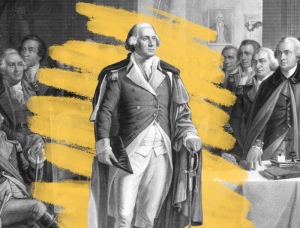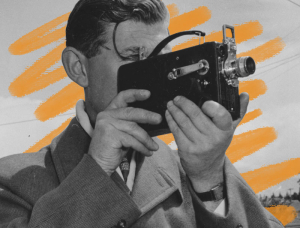Before the invention of price tags, shoppers weren’t used to fixed prices.
If you’re shopping for goods in the Western world, you expect to see a price tag on most things, whether it’s a secondhand toaster at a garage sale or a can of beans at the supermarket. But clearly advertised prices are a relatively recent phenomenon, originating in the 1870s. Before then, haggling was the norm, with the major exception being stores run by Quakers, who believed charging different prices for different customers was morally wrong.
Philadelphia businessman John Wanamaker is widely credited with pioneering the price tag. He was a deeply religious man and, while he himself was Presbyterian, he agreed with the Quakers that transparent, clear, consistent pricing was a moral imperative. So when he created a clothing store called the Grand Depot in a converted railroad station, he clearly labeled the cost of each item on tags and in product guides. The business later became Wanamaker’s department store.
The grand opening of his store was just before the 1876 world’s fair in Philadelphia. Millions of people came to the city, and many of them visited Wanamaker’s, where they experienced not only price tags but also fixed prices for the first time. Those visitors, who saved a lot of time by avoiding haggling, went home and brought the groundbreaking idea of price tags with them.







